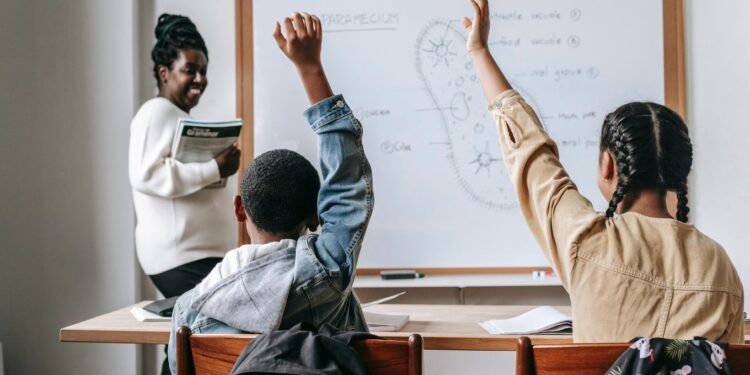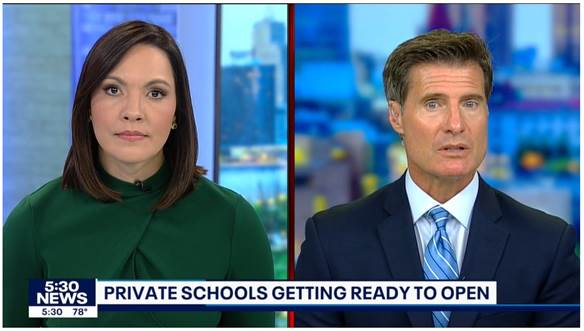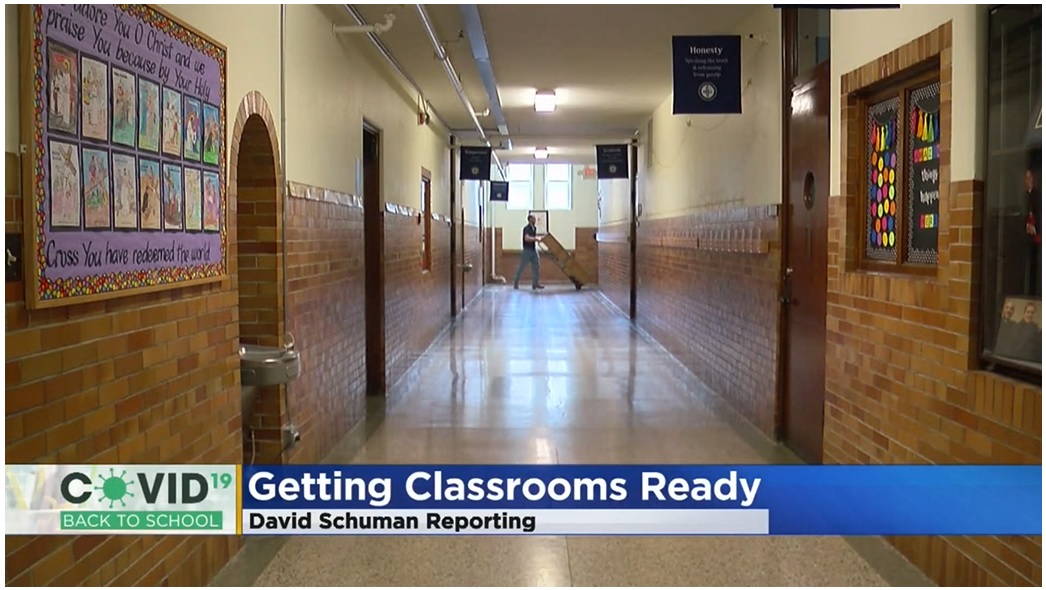A spring teacher survey reveals strong support for education savings accounts (ESAs) in K-12 education. This includes 81 percent of private school teachers and 74 percent of district school teachers.
Developed by EdChoice and conducted by Morning Consult, the March 2025 survey of 1,032 K-12 teachers nationwide asked educators their opinion of ESAs, first without a description and then with a description. More teachers expressed support when given a description of the choice program.
(Support is largely unchanged from when the same question was asked in September 2024, ticking up slightly among district school teachers from 72 percent to 74 percent, respectively.)
ESAs are one type of choice policy that allow parents to direct a portion of the dollars already allocated for their children’s education (no new spending) to pre-approved educational services, such as tuition at a nonpublic school, tutoring, therapies, and textbooks.
The flexibility and customization ESAs offer not only empower students and parents but educators as well.
“I think one of the things we forget is that this one-size-fits-all dominant education model stifles teacher creativity and curiosity just as much as it can stifle learner creativity and curiosity,” remarked Kerry McDonald, a senior education fellow with the Foundation for Economic Education, during the Twin Cities Education Freedom Showcase hosted by the Minnesota Parents Alliance last May.
Teachers, like parents, are realizing “there are other ways of approaching teaching and learning,” added McDonald, and school choice policies allow them access to those alternatives and the greater autonomy and flexibility that often accompany them.
For example, ESAs can pay for tutoring outside of school hours, which 70 percent of district school teachers expressed at least some interest in doing, according to the March 2025 survey.
And if the right fit isn’t available, teachers “are going off and building it,” McDonald continued. “I would say around 75 percent of [school] founders I have interviewed are former public school teachers, who had been working within the conventional system and grew fed up with the standardization and stagnation of conventional schooling and decided that they could do it better.”
In a Forbes article, McDonald highlighted a number of Minnesota teachers and education entrepreneurs who have launched K-12 learning spaces that approach education from a variety of philosophies and pedagogies — from a faith-based program to the Montessori method to a classical education model.
“Education savings accounts are unbundling education and schooling,” said McDonald. “We are getting toward a consumer-driven education market that mimics what we see in other parts of our lives. We have so much choice and personalization and innovation in every other part of our lives, and yet education has remained largely standardized and stagnant. I think that is changing.”












![[downloaded during free trial]](https://oakmn.org/wp-content/uploads/2025/11/iStock-1430368205-120x86.jpg)

